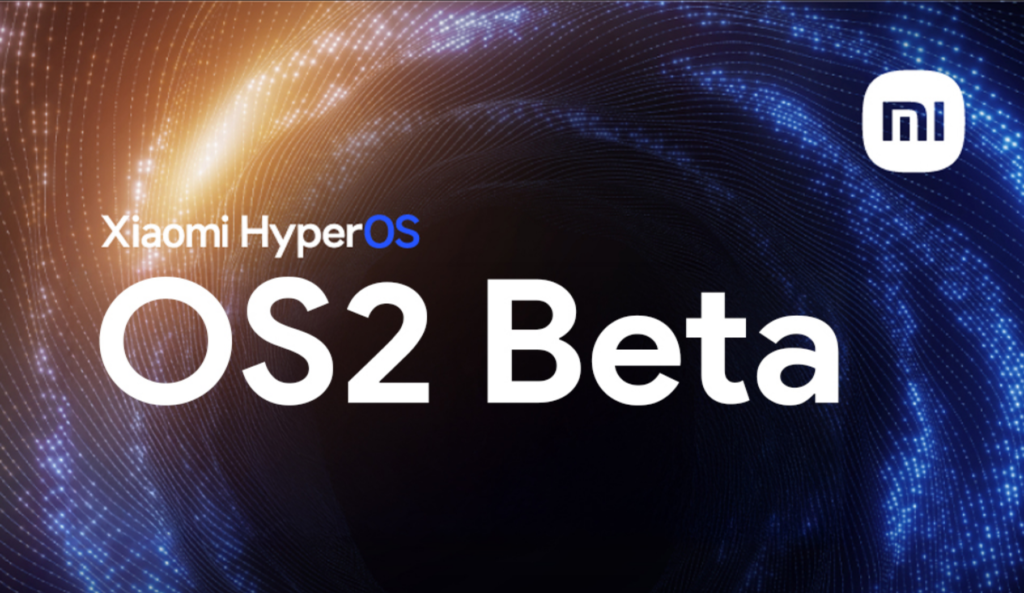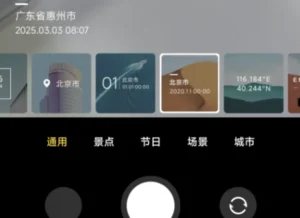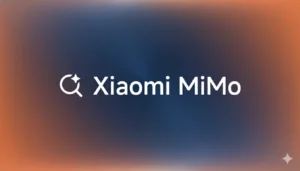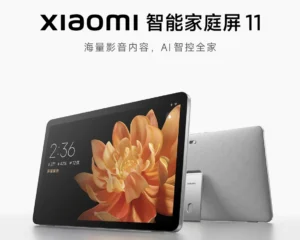Xiaomi HyperOS 2 Beta: A New Era in Device Management
Introduction to Xiaomi HyperOS 2 Beta
Xiaomi HyperOS 2 Beta represents a significant advancement in the management of devices within the Xiaomi ecosystem. As the latest iteration of Xiaomi’s operating system, HyperOS 2 Beta has been developed with the aim of enhancing the user experience across a diverse range of devices. This new operating system consolidates various functionalities into a single platform, thereby streamlining device integration and interaction.
One of the standout features of HyperOS 2 Beta is its seamless user interface, which facilitates smoother navigation and operation across different Xiaomi devices. Users can expect improved synchronization between devices, allowing for a more cohesive ecosystem that promotes productivity and convenience. The operating system incorporates advanced algorithms designed to optimize performance, providing a more responsive and fluid user experience. Furthermore, HyperOS 2 Beta supports various applications and services, ensuring that users have access to a wide range of functionalities suitable for personal and professional needs.
The first batch rollout of HyperOS 2 Beta has begun, allowing users to experience its capabilities firsthand. This initial launch serves not only as a testing phase but also as an opportunity for Xiaomi to gather user feedback to refine and enhance the system further. As more users gain access to HyperOS 2 Beta, it is expected that the operating system will evolve rapidly based on real-world usage and performance data.
In summary, Xiaomi HyperOS 2 Beta marks a pivotal step in the evolution of device management within the Xiaomi ecosystem. With its key features and advantages, it offers users a unified and enriched experience, setting a strong foundation for future developments within the operating system.

Key Features of Xiaomi HyperOS 2 Beta
Xiaomi HyperOS 2 Beta introduces a host of innovative features that significantly enhance device management and overall user experience. At the forefront is improved performance, which is characterized by faster boot times and a reduced lag during application usage. This advancement is attributed to advanced resource allocation techniques that streamline processing, ensuring that users can enjoy a smooth interface and efficient operation across a variety of applications.
Seamless multitasking is another standout feature of Xiaomi HyperOS 2 Beta. The operating system is designed to manage multiple applications effectively, allowing users to switch between tasks without experiencing slowdowns or interruptions. This capability is especially beneficial for those who rely on their devices for both personal and professional purposes, as it enhances productivity and engagement in a fast-paced environment.
Enhanced security measures are woven into the fabric of Xiaomi HyperOS 2 Beta. The operating system incorporates advanced encryption protocols and regular security updates to safeguard user data. These enhancements reflect Xiaomi’s commitment to protecting user privacy and providing a secure operating environment, which is increasingly paramount in today’s digitally connected landscape.
Compatibility with a wide range of devices is yet another distinguishing feature of Xiaomi HyperOS 2 Beta. This flexibility allows users to seamlessly integrate various gadgets within the Xiaomi ecosystem, such as smartphones, tablets, smart home devices, and wearables. The cohesive nature of this ecosystem not only simplifies the user experience but also enhances functionality, creating a unified platform that caters to diverse needs.
Ultimately, the features embedded in Xiaomi HyperOS 2 Beta exemplify a great leap forward in device management, promising both enhanced performance and user-centric functionalities that stand to benefit a wide array of users.
User Experience and Performance Improvements
The Xiaomi HyperOS 2 Beta introduces a significant evolution in user experience and performance, aligning with the modern user’s demand for seamless and efficient interactions. One of the most notable changes in the user interface (UI) is the refined aesthetics that significantly enhance visual appeal. The redesign features cleaner icons, more intuitive navigation structures, and a consistent theme that promotes ease of use. Users will find that navigating through various applications has become more straightforward, as the UI provides contextually relevant options based on user behavior.
In terms of interaction fluidity, Xiaomi has paid considerable attention to optimizing touch responsiveness. The increased touch sensitivity and gesture recognition reduce lag and increase the overall usability of devices running HyperOS 2. This responsiveness is particularly beneficial for multi-taskers, who can switch between applications smoothly, thereby improving productivity and enhancing the overall user experience. Furthermore, the integration of advanced algorithms allows the system to predict user actions, thereby streamlining workflows and reducing the time spent on task switches.
Performance benchmarks have shown substantial improvements in speed and resource management. According to preliminary tests, devices powered by HyperOS 2 Beta demonstrate a marked enhancement in processing time for applications, resulting in reduced loading times and improved performance when handling resource-intensive tasks. Notably, Xiaomi has implemented more efficient memory usage protocols, which ensure that background applications do not interfere with primary tasks, further enhancing the reliability of the operating system.
User feedback has echoed these advancements, with many testers reporting a noticeably smoother experience in daily operations. Observations on social media and forums indicate that users appreciate the enhanced feel of the system, which not only elevates efficiency but also contributes positively to their overall satisfaction with Xiaomi devices. HyperOS 2 Beta is indeed setting a new standard in device management, promising to keep users engaged and productive.
Future Developments and Implications
The rollout of Xiaomi HyperOS 2 Beta signifies a pivotal moment in the evolution of device management and user experience across Xiaomi‘s product lineup. As the company continues to refine this operating system, several potential updates and functionalities are anticipated that could greatly enhance its efficacy and appeal. For instance, one of the most exciting prospects is the integration of artificial intelligence capabilities aimed at personalizing user interactions. Such enhancements could include adaptive user interfaces and predictive analytics that streamline workflows and improve overall device interactions.
Moreover, the modular architecture of HyperOS suggests that it can easily accommodate new features and third-party applications, creating a more robust ecosystem. This flexibility might enable Xiaomi to quickly respond to technological advancements or shifting consumer needs, providing users with a more tailored experience. In addition, the emphasis on security protocols and privacy settings indicates that Xiaomi is not only focused on performance but also on protecting its users’ data, which is increasingly vital in today’s digital landscape.
The implications for current and future devices are significant. Existing Xiaomi products could receive substantial updates, enhancing their lifespan and functionality through HyperOS. For upcoming devices, a seamless integration with this new operating system may serve as a unique selling point, attracting more consumers. Furthermore, as Xiaomi continues to innovate, its ability to maintain a competitive edge in the global technology market could be bolstered by the strategic implementation of HyperOS.
Looking ahead, the deployment of Xiaomi HyperOS positions the company to better compete with other industry leaders, as it not only enhances user engagement but also signifies Xiaomi’s commitment to technology advancement. The continued development of this operating system may establish Xiaomi as a formidable player in the rapidly evolving tech landscape.







2 thoughts on “Xiaomi HyperOS 2 Beta: A New Era in Device Management”